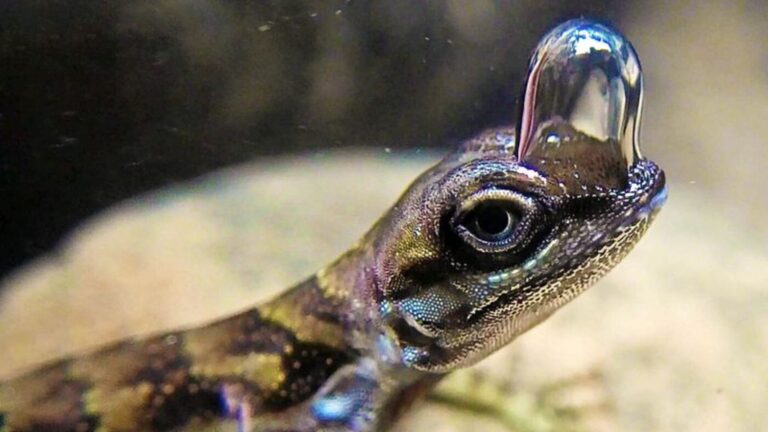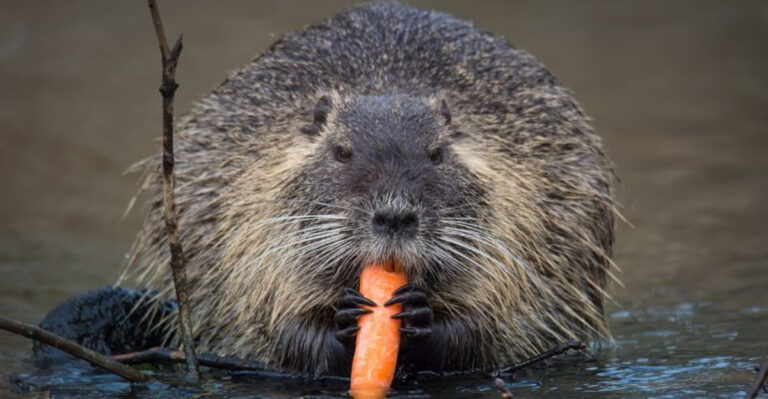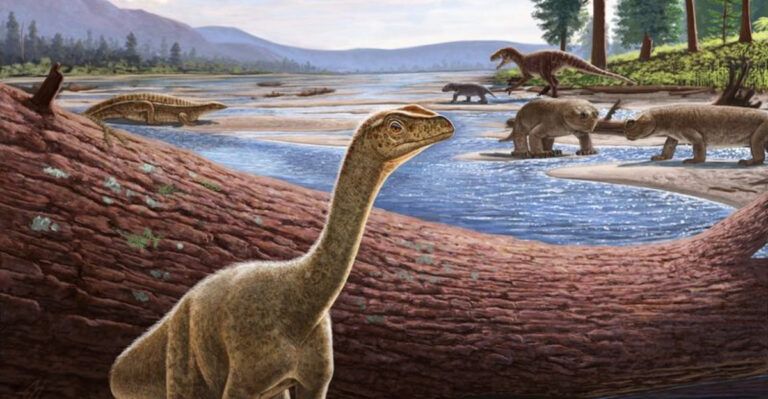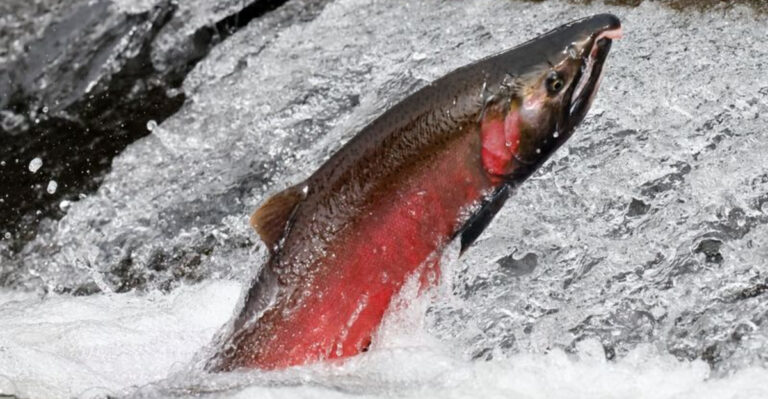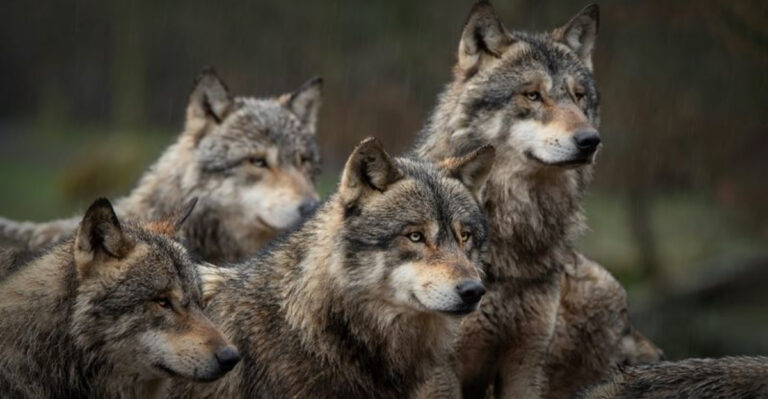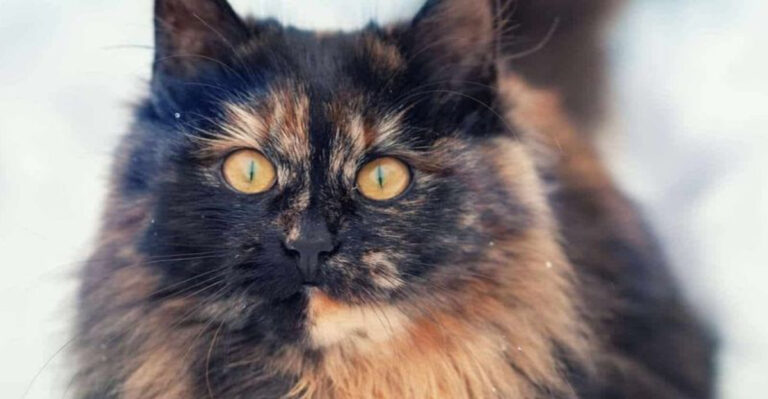15 Wild Creatures You Might Meet On The Great Florida Birding And Wildlife Trail
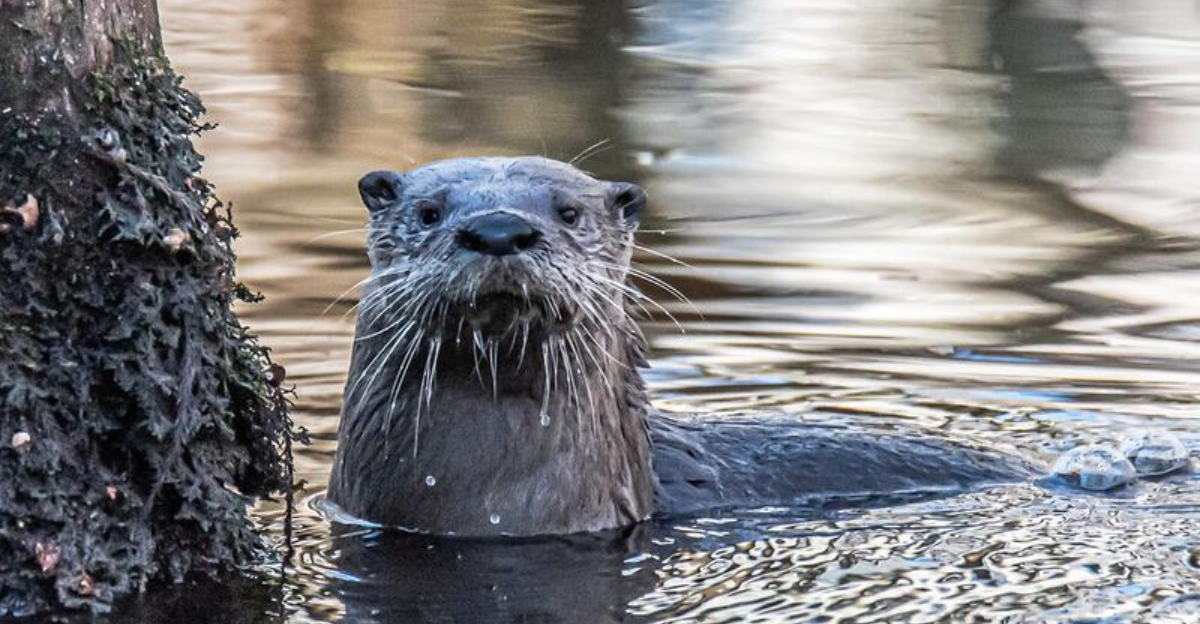
Florida’s famous wildlife trail offers nature lovers a chance to spot amazing creatures in their natural habitats. Stretching across seven geographical regions, this network of over 500 viewing sites showcases the Sunshine State’s incredible biodiversity.
Whether you’re an experienced birder or just enjoy outdoor adventures, these wild encounters will create unforgettable memories as you explore Florida’s diverse ecosystems.
1. Roseate Spoonbill
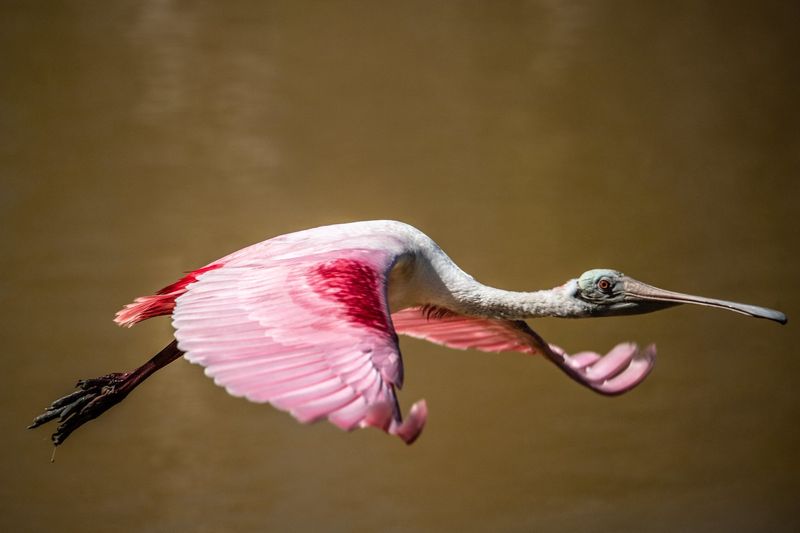
These flamingo-like waders stand out with their bright pink feathers and distinctive spoon-shaped bills. Unlike their similarly-colored cousins, spoonbills swing their specialized bills side-to-side through shallow water to catch small fish and crustaceans.
Most common in South Florida’s wetlands, these social birds often gather in small groups. Their vibrant color actually comes from their diet – the same pigments that turn flamingos pink!
2. American Alligator
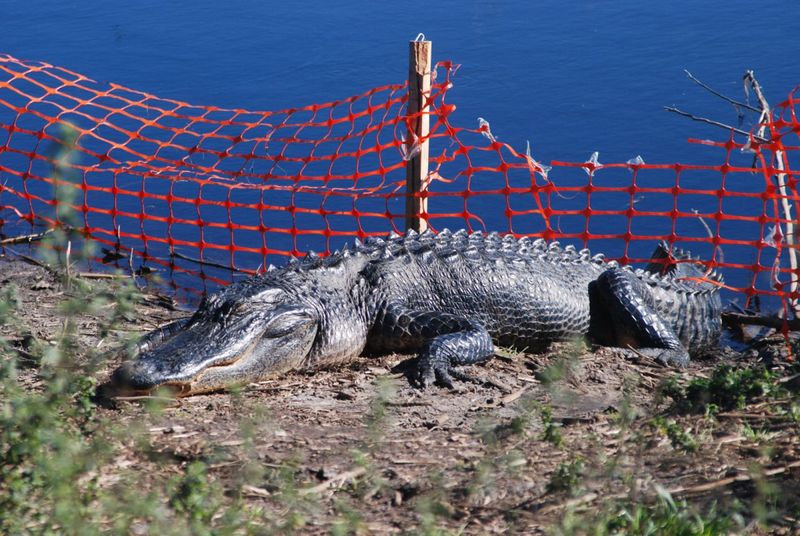
Florida’s most iconic reptile can be spotted sunning along waterways throughout the state. These prehistoric-looking creatures have remained virtually unchanged for millions of years, perfectly adapted as apex predators in freshwater environments.
Spring offers prime viewing opportunities when males bellow loudly to attract mates. Remember to maintain a safe distance – while not typically aggressive toward humans, these powerful reptiles deserve respect and space.
3. Florida Panther
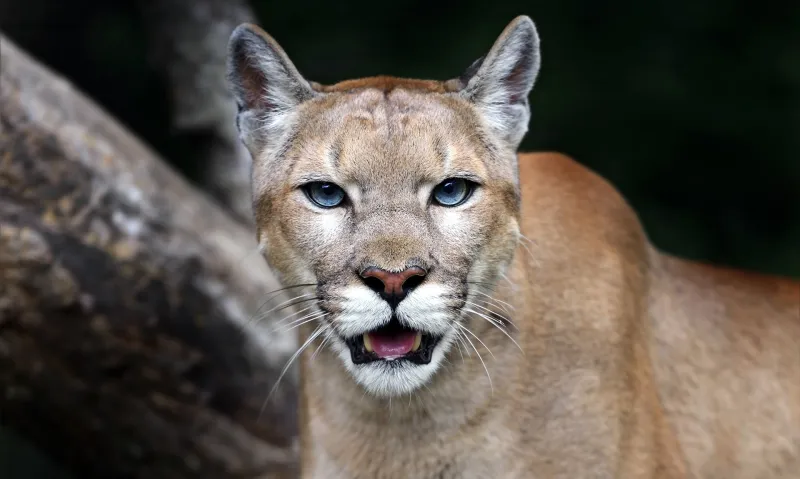
Catching a glimpse of this endangered cat requires extreme luck. Fewer than 200 Florida panthers remain in the wild, mainly in the southwestern part of the state. Their tawny coats blend perfectly with the undergrowth of pine forests and swamps.
Males can weigh up to 160 pounds and need vast territories to thrive. Conservation efforts have helped their population slowly recover from just 20-30 individuals in the 1970s, but habitat loss remains their greatest threat.
4. Manatee
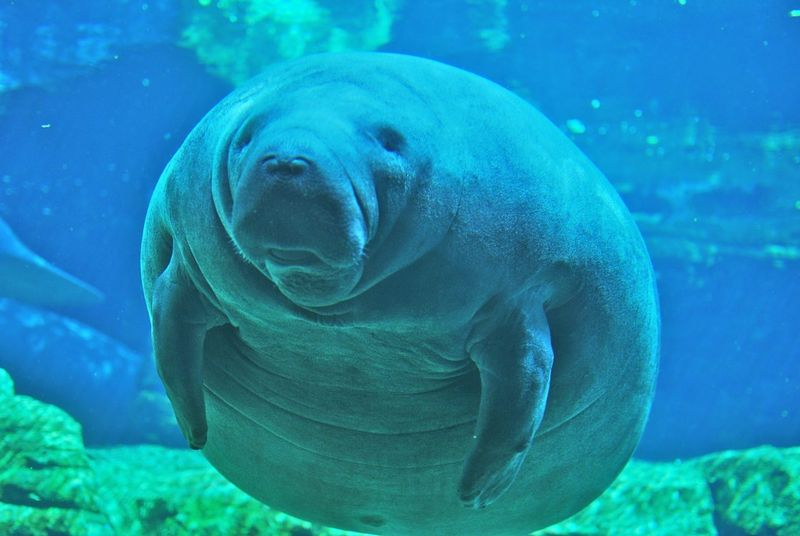
Often called “sea cows,” these gentle marine mammals congregate near warm water springs during winter months. Blue Spring State Park offers excellent viewing platforms where visitors can watch dozens of manatees relaxing in the crystal-clear water.
Despite their bulky appearance, manatees move gracefully underwater. Adult manatees can reach 1,000 pounds yet sustain themselves entirely on vegetation. Propeller scars on their backs serve as stark reminders of their vulnerability to boat strikes.
5. Swallow-Tailed Kite
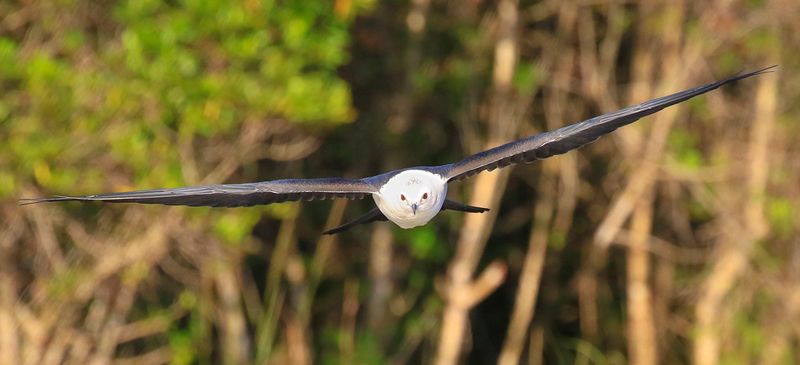
Watching these graceful aerial acrobats soar overhead is a true Florida wildlife highlight. Their distinctive forked tails and contrasting black-and-white plumage make identification easy even for novice birders.
Arriving from South America each spring, these magnificent raptors nest in tall trees and feed primarily on flying insects caught mid-air. By late summer, they gather in large pre-migration groups called kettles, creating spectacular viewing opportunities before their return journey south.
6. Gopher Tortoise
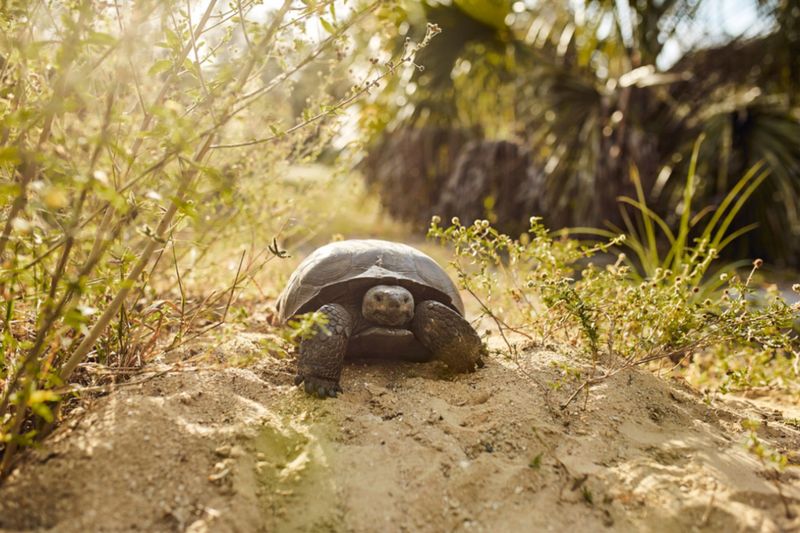
These terrestrial turtles create extensive burrows that serve as habitat for over 350 other species. Considered ecosystem engineers, gopher tortoises can live up to 60 years in the wild, slowly traversing Florida’s sandy uplands.
Spotting their distinctive domed shells is common along trail edges in pine forests and scrub habitats. Their burrows, which can extend 40 feet underground, provide essential shelter during wildfires and extreme weather, benefiting countless creatures beyond the tortoises themselves.
7. Wood Stork
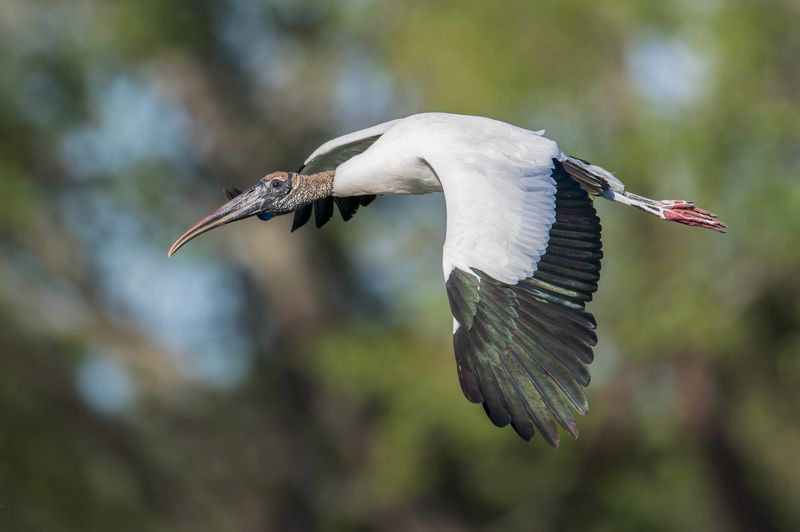
With their bald, scaly heads and massive bills, wood storks might not win beauty contests, but their soaring flight is truly majestic. These large wading birds were once endangered but have made a remarkable recovery in Florida’s wetlands.
Wood storks use a unique feeding technique called tactolocation – wading through shallow water with their bills partially open. When prey touches their sensitive bill, it snaps shut in just 25 milliseconds, among the fastest reflexes in the vertebrate world!
8. Bobcat
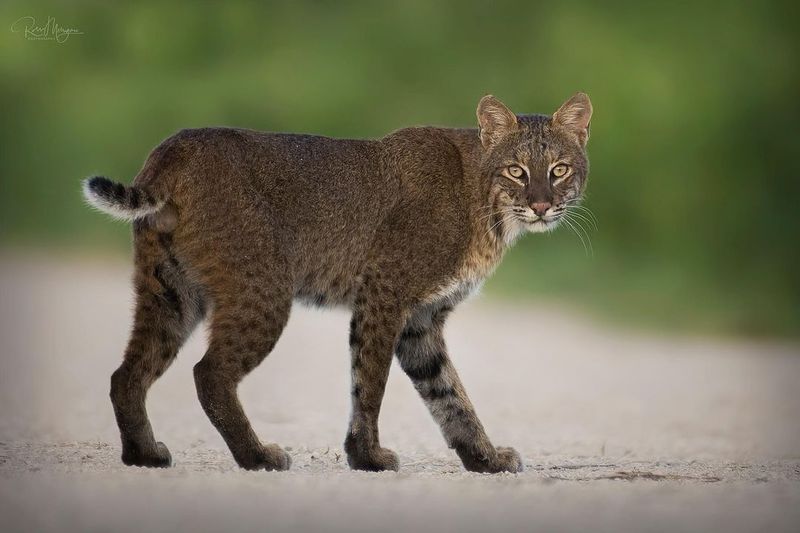
Much more common than their larger panther cousins, these adaptable felines still remain elusive. Dawn and dusk offer the best chances for spotting their tufted ears and bobbed tails slipping through underbrush.
About twice the size of house cats, bobcats thrive across Florida in various habitats. Their excellent camouflage and secretive nature make sightings special events. Patient wildlife watchers might glimpse them hunting rabbits and rodents along trail edges during quieter hours.
9. Bald Eagle
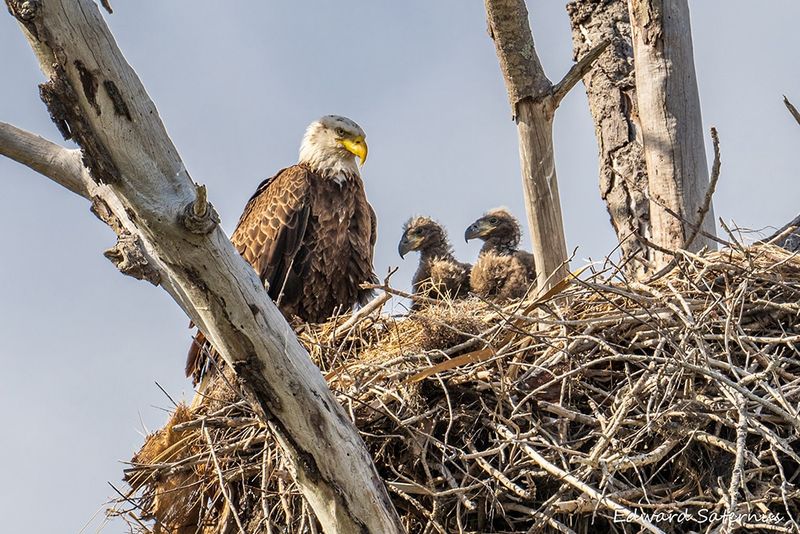
Florida boasts one of the largest breeding populations of our national bird outside Alaska. Their massive nests – some weighing over a ton – can often be spotted high in pine trees near lakes and rivers throughout the state.
Mating pairs typically return to the same nest each year, adding new materials to their already impressive structures. Winter brings additional northern eagles migrating south, increasing your chances of seeing these magnificent birds soaring overhead or perched regally in bare trees.
10. River Otter
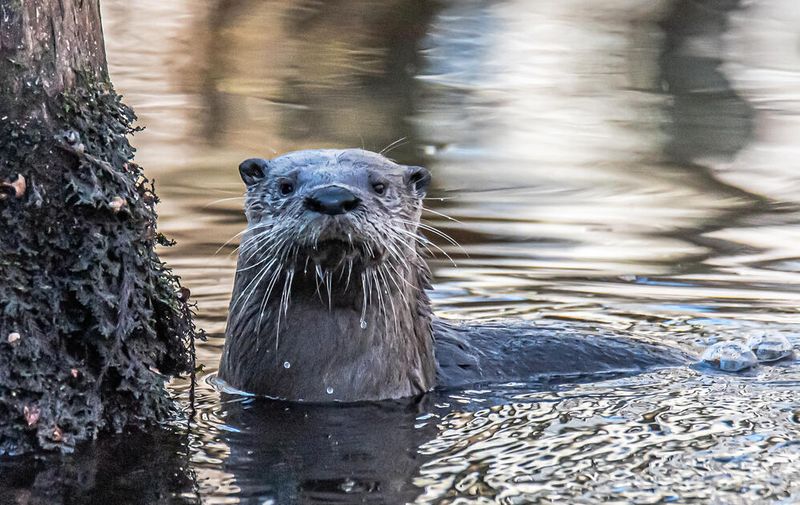
Playful and curious, river otters bring joy to wildlife watchers lucky enough to spot their sleek forms gliding through Florida’s waterways. These skilled swimmers often travel in small family groups, exploring shorelines and hunting fish.
Listen for their distinctive whistles and chirps as they communicate with each other. Unlike their sea otter relatives, river otters regularly come ashore, leaving tracks and slides along muddy banks. Their boundless energy and apparent enjoyment of life make them particularly delightful to observe.
11. Snowy Egret
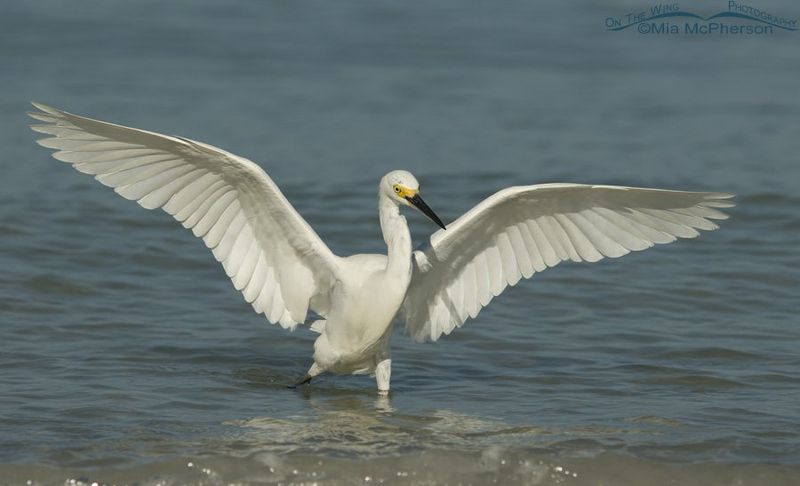
Once hunted nearly to extinction for their beautiful plumes, these medium-sized white herons now thrive in Florida’s wetlands. Their golden slippers (yellow feet) contrast dramatically with their black legs, making identification straightforward even for beginning birders.
During breeding season, magnificent aigrette feathers extend from their heads and backs. Watch for their distinctive hunting style – running through shallow water with wings outstretched to create shade that attracts small fish, then striking with lightning speed.
12. Eastern Diamondback Rattlesnake
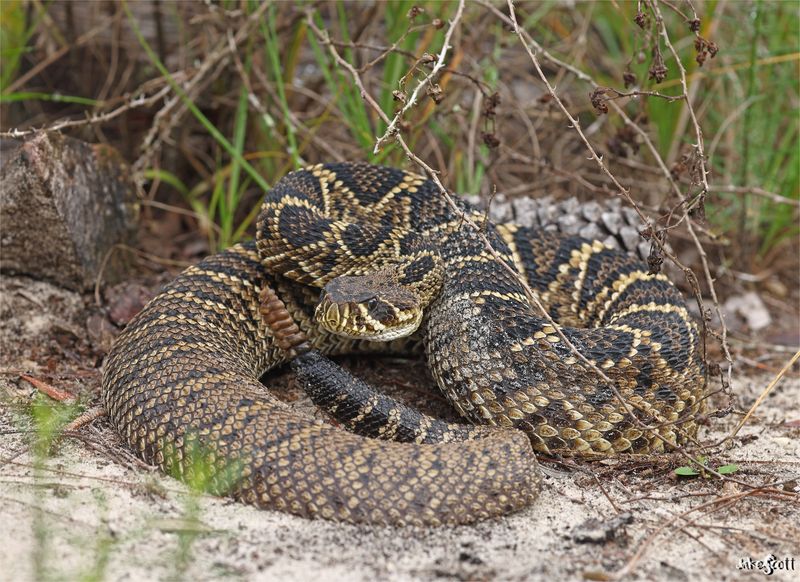
North America’s largest venomous snake deserves both respect and appreciation from a safe distance. Their diamond-patterned camouflage makes them nearly invisible when motionless among fallen leaves and palmetto fronds.
Despite fearsome reputations, rattlesnakes prefer avoiding confrontation, using their namesake rattle as a warning. Primarily active during cooler morning and evening hours, these impressive reptiles play crucial roles controlling rodent populations. Most trail encounters happen when they’re basking on sunny patches.
13. Reddish Egret
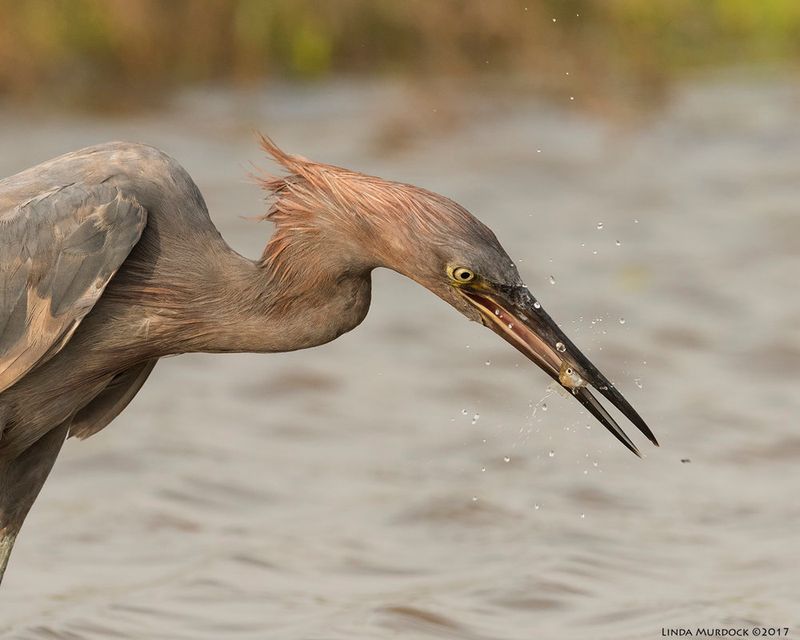
The comedians of Florida’s wading birds, reddish egrets perform elaborate hunting dances that seem almost choreographed. Spreading their wings like umbrellas to reduce glare, they dash erratically through shallow water, startling small fish into their waiting bills.
Both dark and white color morphs exist, though the rusty-headed dark form is more common. Found primarily along coastal areas, these charismatic birds were once rare due to plume hunting but have gradually recovered. Their energetic hunting displays provide exceptional photography opportunities.
14. Gopher Frog
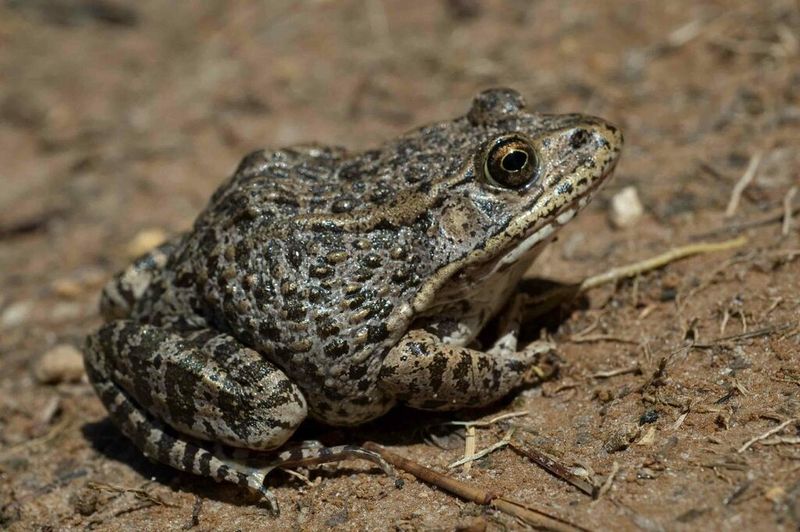
Named for their habit of sheltering in gopher tortoise burrows, these stocky amphibians represent one of Florida’s most specialized creatures. Their warty skin and distinctive snoring call help identify them during breeding seasons.
Gopher frogs make epic journeys between upland homes and breeding ponds, sometimes traveling over a mile. The species faces significant conservation challenges as both their longleaf pine habitats and seasonal wetlands continue declining. Nighttime visits to appropriate habitats offer the best viewing opportunities.
15. American White Pelican
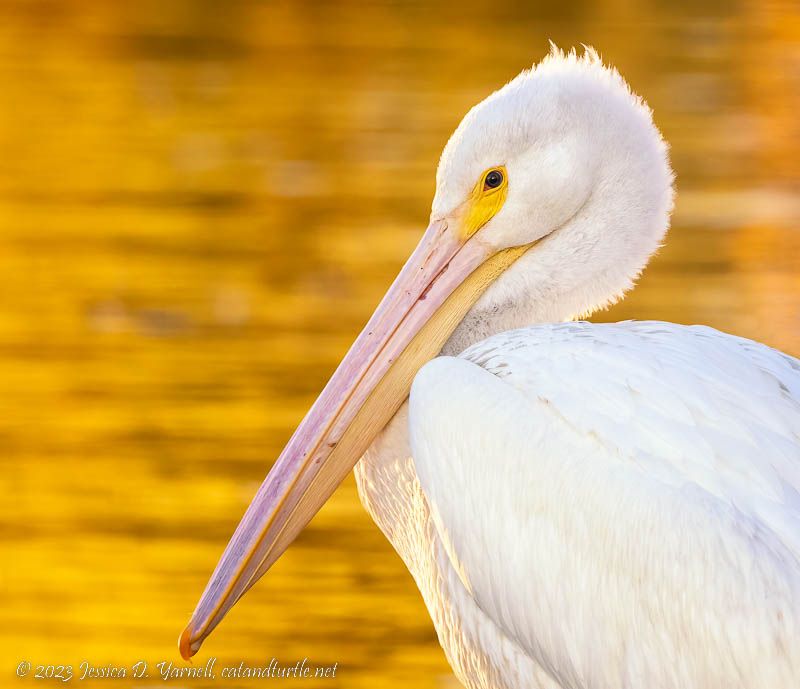
Winter brings these massive birds to Florida’s lakes and coastal areas. Unlike their brown pelican relatives who dive dramatically for fish, white pelicans use teamwork – forming semicircles to herd fish into shallow water before scooping them up.
With nine-foot wingspans, they’re among North America’s largest birds. During flight, their black wingtips contrast sharply against brilliant white bodies. Breeding adults develop unusual horn-like structures on their bills. Watching a flock soar effortlessly on thermal currents ranks among Florida’s most spectacular wildlife sights.

